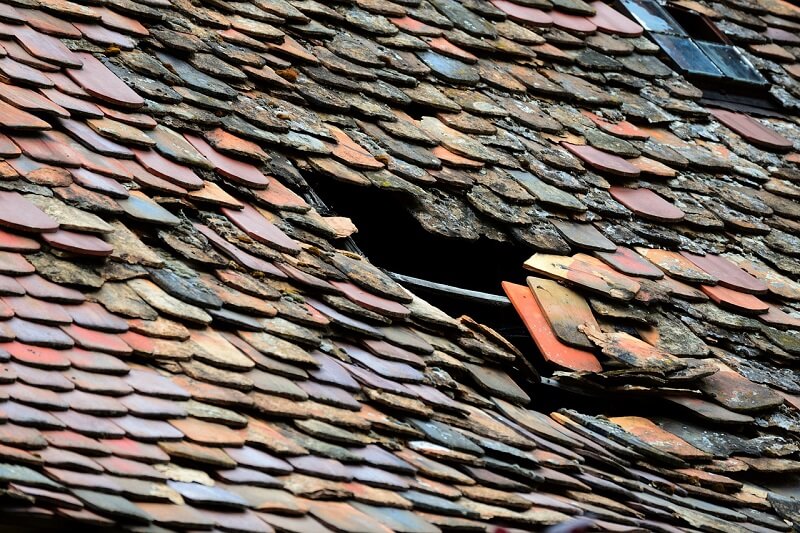There may be standing water in your home due to a busted pipe, an overflowing bathtub, or a washing machine problem. If neglected, this standing water might result in serious issues and permanent damage. Whether a burst pipe in your bathroom or a strong storm caused the flooding, the aftermath can be disastrous, and you might not know where to begin with the cleanup. In such cases, water mitigation took priority.
Every property can have unexpected water damage, which can result in destroyed furniture, mould development, and damaged structural materials.
Question: What is Water Mitigation?

Water mitigation is the process that starts as soon as an initial incident happens and ends with assessing, containing, and preventing any further water damage. Preventing the spread of water damage and subsequent secondary damage is the aim of mitigating property loss caused by floods or leaks. Water mitigation procedures often entail drying, sanitising, cleaning, and removing water.
As soon as there is a water leak or water damage, the first thing to do is water mitigation. Although homeowners can perform certain water mitigation tasks, a comprehensive water mitigation procedure should typically be completed by professionals.
When water mitigation might be needed?

Flooded Basement and Crawlspace
A basement and crawlspace flood during a storm. Termites, mould, and other problems could arise from the water seeping into the interior of the property.
Leakage from the Roof
Water may leak from the roof and enter the foundation of the property. Water can cause damage to a property, and the attic might become overly moist and grow black mould.
Broken Water Pipes
Broken water pipes may leak, damage personal possessions, and fill the area.
Under such circumstances, water mitigation is necessary. You can stop water from doing more harm to the property with the assistance of a licensed professional and specialised equipment.
Step-by-Step Process of Water Mitigation

Here’s what to do if there is water damage in your property:
#1 Find the Source of Water
To stop more damage and resolve the problem, you must identify the cause of the water damage. Leaks can result in mould growth, create a fire hazard, increase utility bills, and even attract unwelcome pests.
For instance, immediately turn off your property’s water supply and contact a plumber if you suspect that water is leaking from your plumbing. If there is a leak in your property’s roof, you might want to cover it with a tarp or get in touch with an accredited roofing company to get repairs done before the problem gets worse.
If you are unsure of the source of the water, you can seek assistance from a home inspector or certified contractor.
#2 Assess the Water Damage
You must assess the situation before acting. Based on the amount of water present and how much has been absorbed by the impacted materials or building components, the water damage class can tell you the extent of the damage. Water damage falls into four classes:
Class 1: The lowest degree of water intrusion or damage
Relative to the total surface area of the walls, floor, and ceiling in the room, the affected materials amount to less than 5%.
Class 2: Water absorption has been sufficiently high
The affected space’s walls, floor, and ceiling have between 5% and 40% of their total surface area made up of wet, porous materials.
Class 3: Losses involve the highest level of water absorption
This involves affected materials affecting more than 40% of the total surface area of the walls, floor, and ceiling.
Class 4: Deep water damage
It refers to the existence of “deeply held or bound water” in materials like concrete, hardwood, or plaster that do not readily absorb water. Due to their “low evaporation,” they might need to be dried using specific techniques and prolonged drying times.
A water mitigation professional may determine what to do next and whether it’s safe for the occupants to stay on the property once they’ve identified the type and extent of the damage.
#3 Remove Standing Water
You might be able to save money and handle removing water yourself if there isn’t a lot of water. However, move quickly, as even a few inches of water might result in serious damage.
For instance, a nearby Home Depot may have tools like a wet-and-dry vacuum that can be used to get rid of standing water. Fans and a dehumidifier can help the area dry out.
It is preferable to look for assistance from a professional if you feel uneasy doing this work or if the problem is more serious.
#4 Contact a Water Mitigation Professional

Water mitigation professionals/services have all the tools and know-how required to stop new water problems and return the property to its original state.
For instance, a water mitigation professional/service might make use of a powerful heavy-duty vacuum that costs more than $50 at the local hardware shop. If you’re worried about mould growth, a professional/service can use an antibacterial spray and moisture testing to stop further growth.
Conclusion
The problem of water damage is serious and requires immediate attention. Your long-term expenses will decrease corresponding to how quickly you address the water damage.
The information provided above clarifies what is water mitigation. Water damage mitigation is necessary for safeguarding your property and well-being. Different classes of water can provide different threats. Also, if standing water is removed quickly, it can prevent the growth of mould, bacteria, and other pathogens that can be a health risk.
Since nothing can be fixed until the area has completely dried, water mitigation is always the first step in addressing the issue. Water restoration comes after water mitigation.


